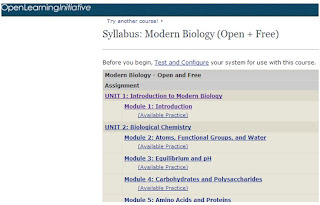I began by observing and recording my
perceptions of each modality – one at a time.
Voicemail. I was
surprised at the difference in the tone of the voicemail in saying the same
thing over the phone. Jane is saying the same thing as the email, but it comes
across in a more reasonable way. However, some people may not be able to pull
off this tone, and have negative results in a voicemail.
Face-to-Face. I had more
of a negative reaction to the face-to-face, something about the way she said -
"I am going to miss my deadline" Here again; my perception is that an
individual's tone, in person, could affect the outcome of this conversation.
Jane was able to present herself in a way that was reasonable and understanding,
however a different choice of words may have gotten her further. Again, I think
'missing' sounds accusatory. I would have expected her to first ask, "How
is that report for the project going?" The beauty of face-to-face
conversations is that you have the ability to wait for a reaction before you
proceed with your whole monologue. The advantage is being able to assess
non-verbal cues and react accordingly.
I’ll admit that when I began this
exercise, I
expected to conclude that face-to-face communication is always the best and
preferred method, but that was not my conclusion from this process. People have
different skills with regard to verbal and written communication, and should
use those individual skills to communicate during a team project. Some people
have more effective written skills, but may come off abrasive in person. Others
may not know how to be particularly proficient at persuasive writing will likely
be your best option.
Going through this process helped me
to understand that there are many variables that impact the communication
method that should be used.
Situational Variables
- skills of the initiator
- the communication is good or bad news
- the information is dichotomous, meaning one question cannot be asked until you know the answer to a previous question.
- relationship or interaction history between the initiator and the recipient
Above all, I have learned that communication
is a strategy that should be shaped by the individual circumstances.



